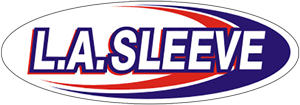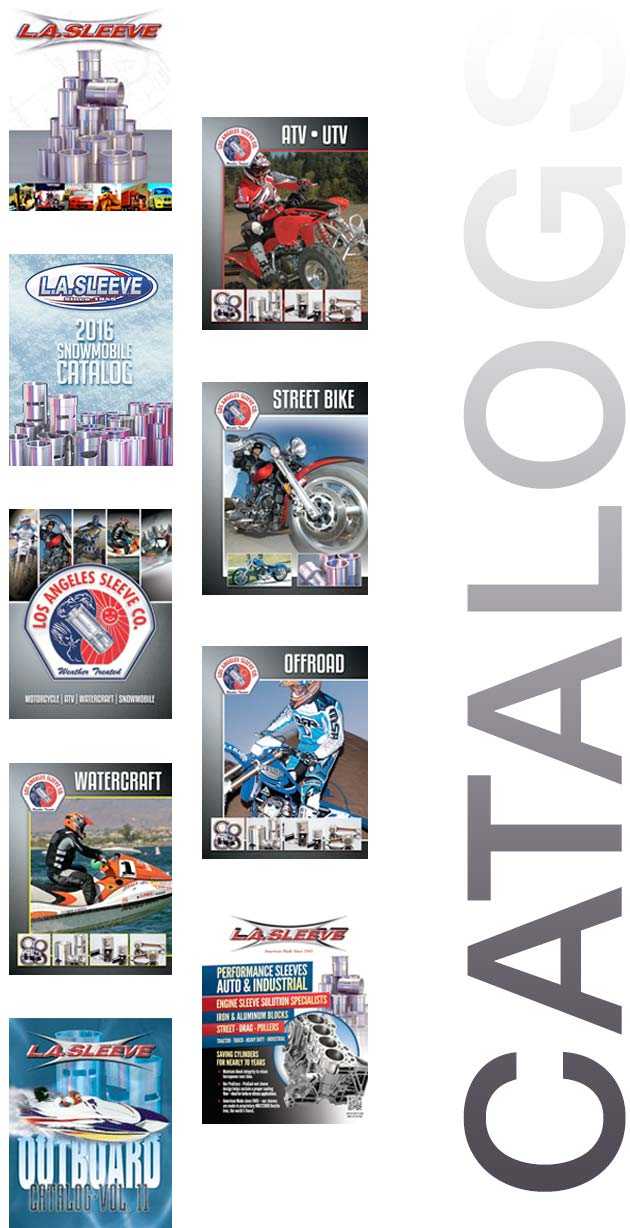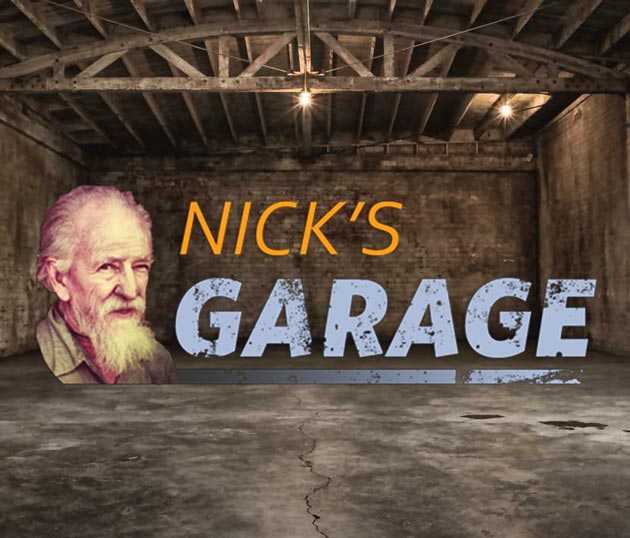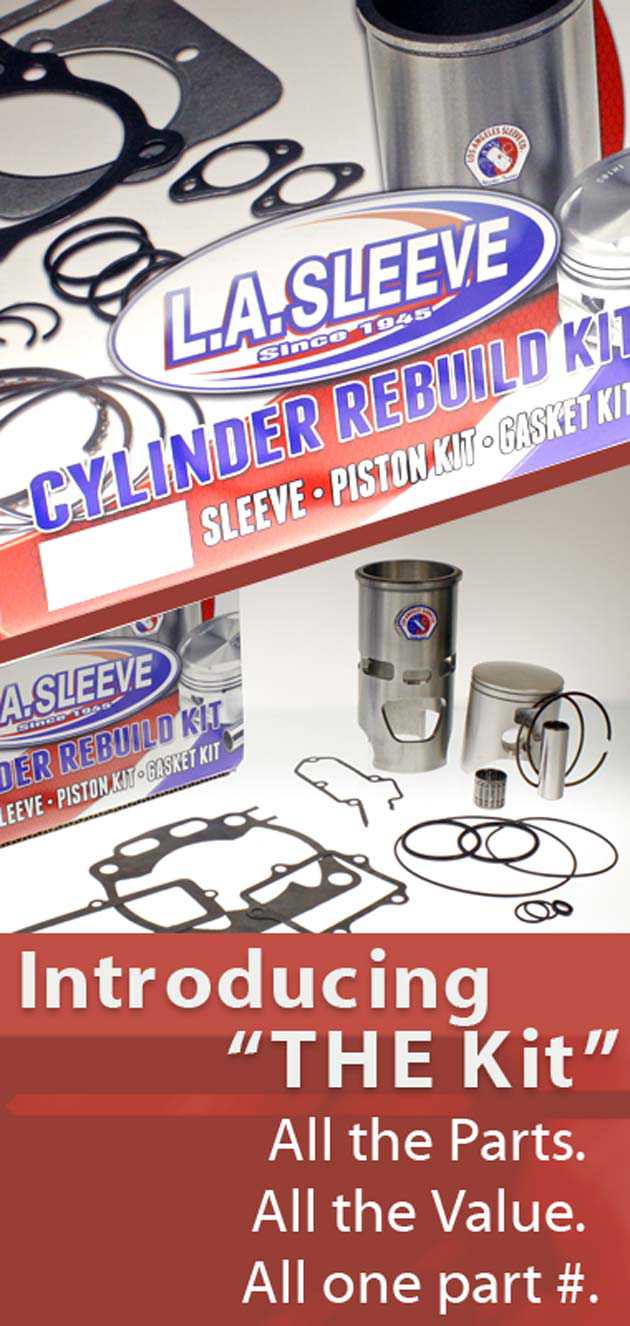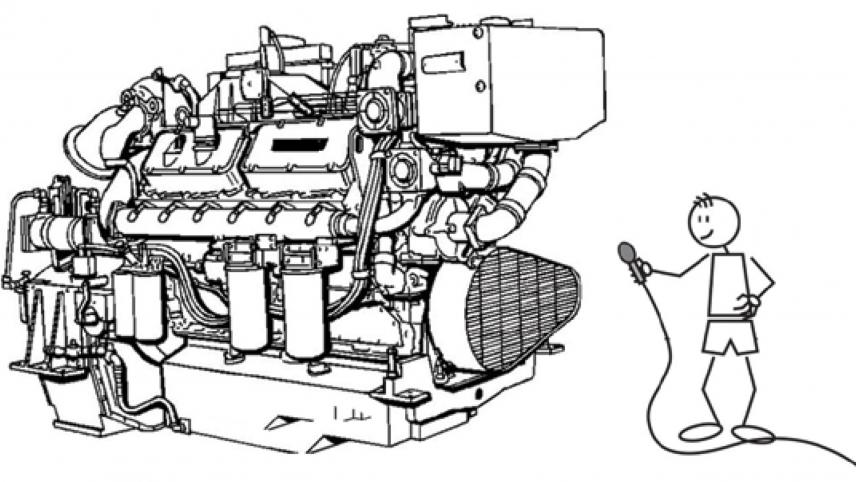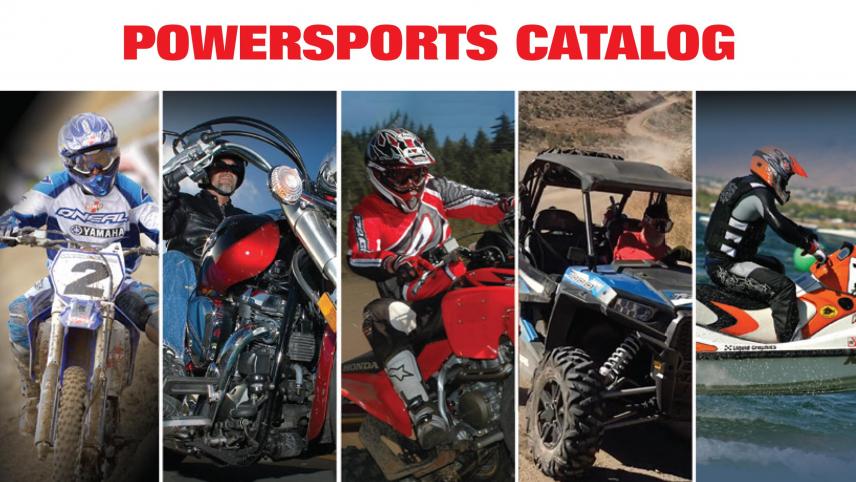Block Re-Sleeving for Fast Road and Drag-Racing
October 17, 2013 by L.A.SLEEVE
US-based L.A.Sleeve is supporting a new generation of hot rodders by supplying centrifugally spun-cast ductile iron cylinder sleeve liners for fast road and drag-race use.
Aluminum-block motors used in today’s vehicles are very good for their intended purpose. But sometimes they’re not quite as good as the factory engineer would like. L.A.Sleeve believes it can make the alloy blocks perform better and surpass expectations.
Nowadays most passenger car motors are of the sportcompact car variety. They’re modern-day versions of our fathers’ and grandfathers’ ‘eventual’ hot rods. In the USA, back in 1950s Southern California, the hot rod market was born. There was a need for speed, and somewhere to show it off. Those 18- to 24-year-olds wanted a scene to gather the cool people.
That spirit lives on, but in the city now, there’s less space to race. Coincidentally, there’s less car to race as well. Those old V8s are now parked Friday nights at retro burger joints looking pretty among blue hairs. But, four-cylinder Fords, Chevys, Subarus, Hondas, Mitsubishis and the like are running the streets all over the USA and beyond. The scene is growing worldwide due to movies and social media.
The performance vehicle industry must embrace young hot rodders. No, they don’t have great amounts of disposable money. But the sport compact market is enormous – and most teens through 20-somethings are driving them. Those with the racer’s mentality want to build it up, and show it off at the local Starbucks. The key reason is it’s affordable. The fact that the car’s half the size of a V8 roadster means building a performance street racer is likely half the price as well!
Now, back to the motor. The core issue is block stability – the heart of the motor’s output. Taking a 1.8-liter motor, and adding a huge turbo to dump 42psi of boost into the meager powerplant, is like pouring 20 liters of water into a 0.6-liter water balloon. You can overfill it, but something’s got to burst eventually. Raising the fourcylinder’s horsepower from 180hp to 500hp (900hp nitrous) isn’t realistic without some consequences. Therefore, a solution was necessary to cope with the aggressive power surge.

For drag racing, L.A.Sleeve advocates the closed-deck ProCool ProCross sleeve
L.A.Sleeve began making centrifugally spun-cast ductile iron cylinder sleeve liners for sport-compact motors some 15 years back, prior to the ‘fast and furious’ trend, helping street racers build a motor that wouldn’t split. At the time, the company didn’t know this was the genesis of a new generation of hot rodders.
A common problem on four-cylinder motors was splitting the top of the block between the #3 and #4 cylinders. Stock sleeves are satisfactory for a normally aspirated daily driver, but pitifully weak when pushed beyond its engineered limitations. The high boost and compression was too severe for the stock block. L.A.Sleeve took brand new engine blocks, bored away the stock sleeve and alloy materials, then inserted the performance open-deck sleeves (Figure 3). It revolutionized the market. Local engine builders would confidentially use the sleeves, and build boosted high-horsepower motors with great success. The secret finally began to leak out, and a new generation of hot rodders were born among high schoolers, college kids and young adults.
Today, social media is very powerful. Kids who eventually want to go fast see a cyberspace post, know a sleeve job is required, and are demanding their motor go beyond the block’s engineered capabilities. The message is being organically spread from end user to end user, by those who had the motors built. The promotion is being done for you and companies need to be ready to capitalize on the trend.

CNC machining is a preparation option
For prep, CNC machinery is encouraged (Figure 2), but by no means mandatory. The company has seen machine shops install sleeve liners using everything from CNCs, old F16s, F20s, Bridgeport mills, and Quickway single boring stands. The machinery is not as important as the skill of the operator. The sleeve liners are installed dry, with very little pressed fit. The exacting tolerances are important, but not as critical as some wet-sleeve design installs. With heat to the block and chilling the sleeves, the light press fit provides a bit of grace needed to relieve stress installing sleeves properly.
For street mods, L.A.Sleeve recommends the open-deck sleeve design (Figure 3). For drag race motors, it usually advocates the closed-deck ProCool ProCross sleeve (Figure 1). The open-deck design can handle boost up to 38psi. The closeddeck sleeves accept as much as 55psi. These closed-deck four-cylinder motors are running 8s at the strip easily at upward of 1,200hp (on nitrous) – incredible numbers for a passenger car, modified by “automotive plastic and metal surgery”.
The modifications aren’t limited to Japanese sportcompacts, however. These have only provided the inspiration and imagination to build bigger and better powerplants in newer aluminum blocks. There are other four-cylinders and six-cylinders finding momentum. Ford’s Duratec) or Coyote 5.0-liter, GM Ecotecs, or Nissan’s GT-R, for instance, are also getting quite popular. Readers in the Porsche market are likely to be aware how popular sleeving is. L.A.Sleeve is taking 3.4-, 3.6- and 3.8-liter motors and increasing displacement by almost a full liter. Turning up the boost, these ‘sleeper’ big bores are blowing away their neighbors on the open road.
For more information, contact L.A.Sleeve: (562) 945-7578

An example of L.A.Sleeve’s performance open-deck sleeves for an inline-4 engine
Article reprinted from Expo Special Issue 2013 - [url=http://www.pmw-magazine.com]http://www.pmw-magazine.com[/url]
